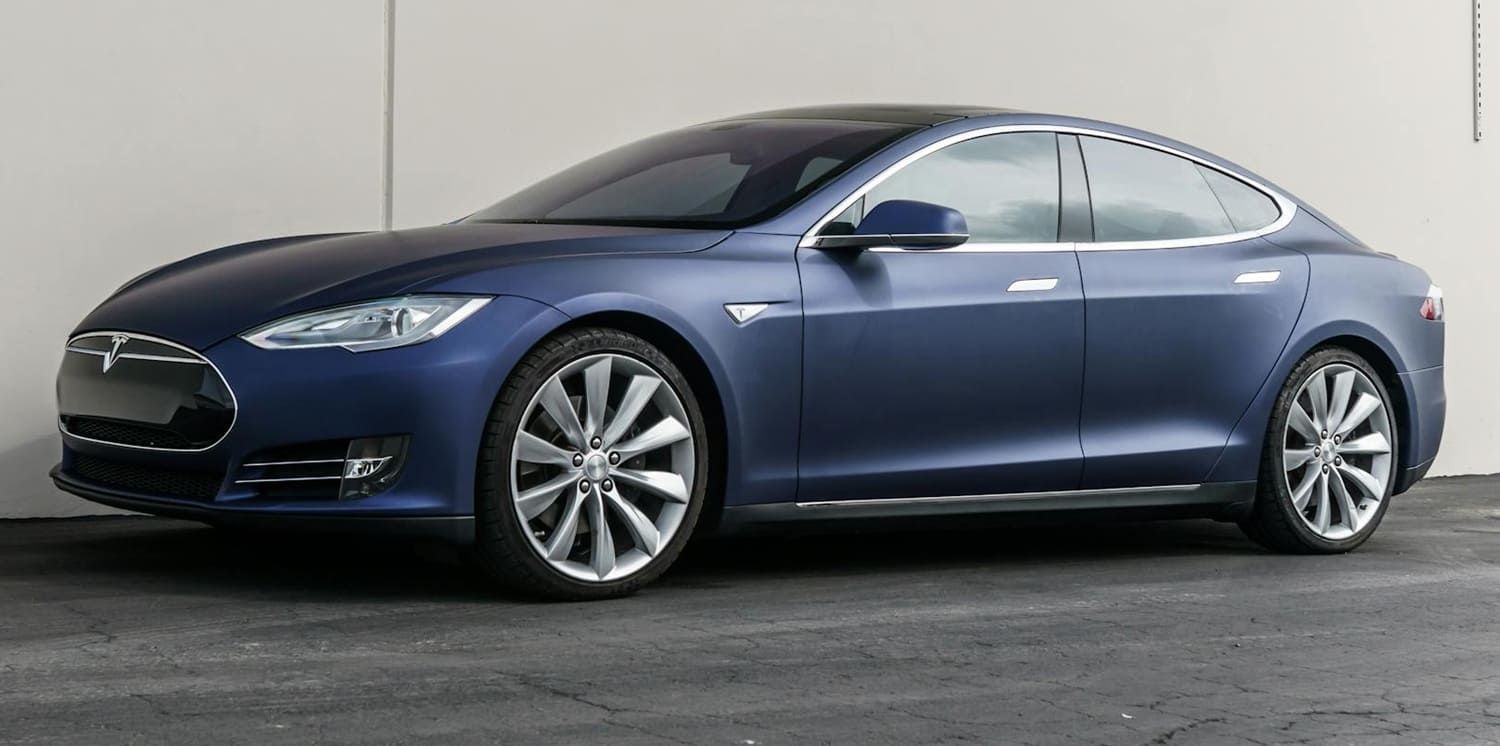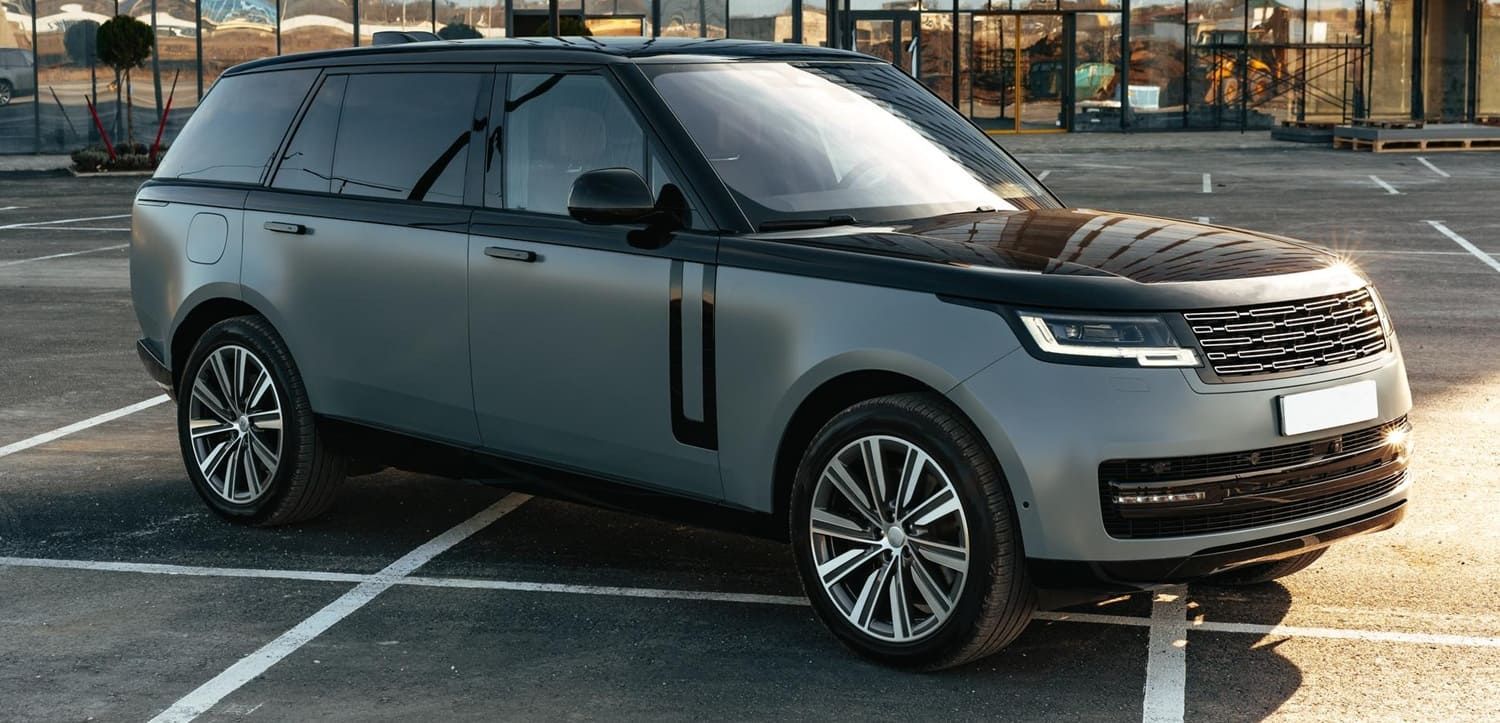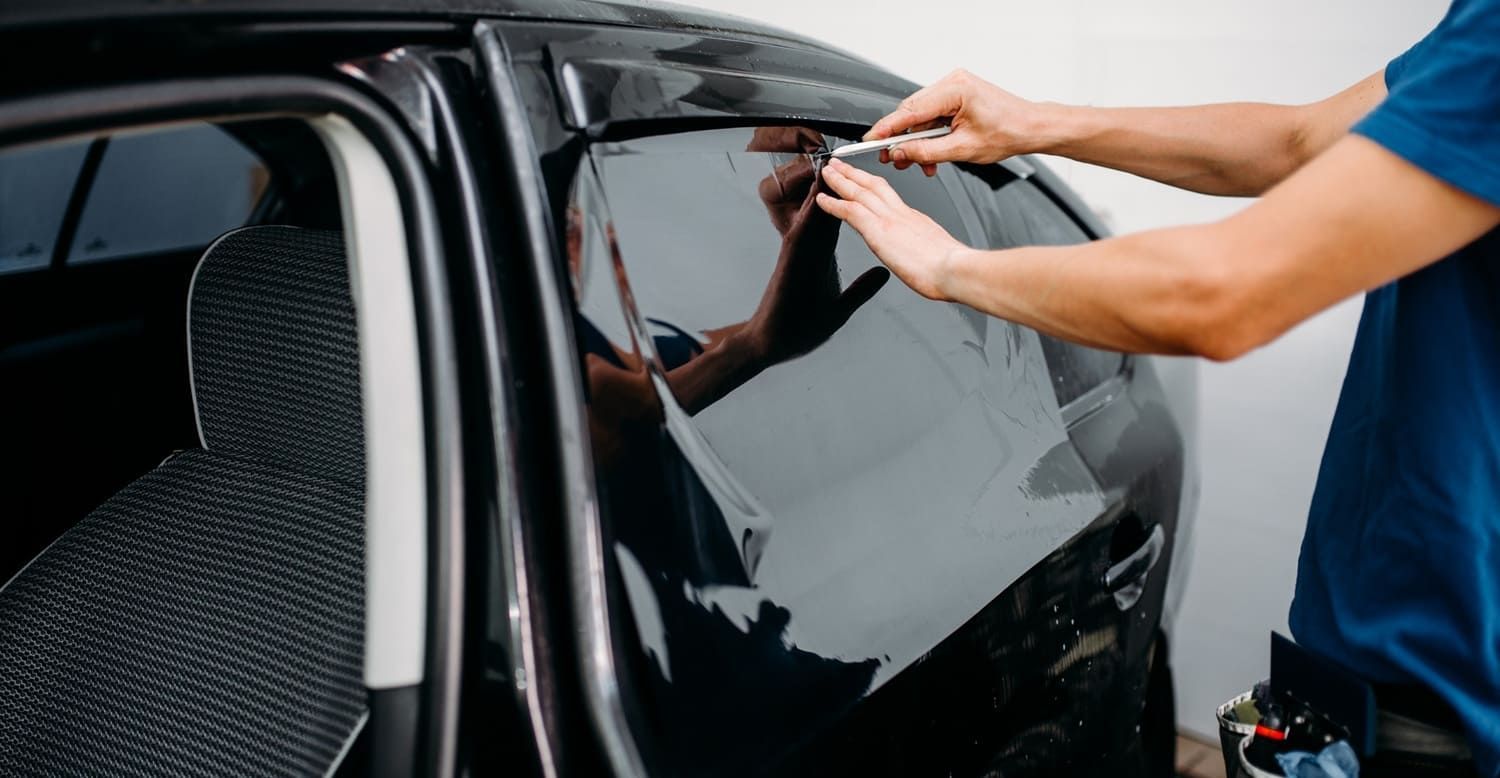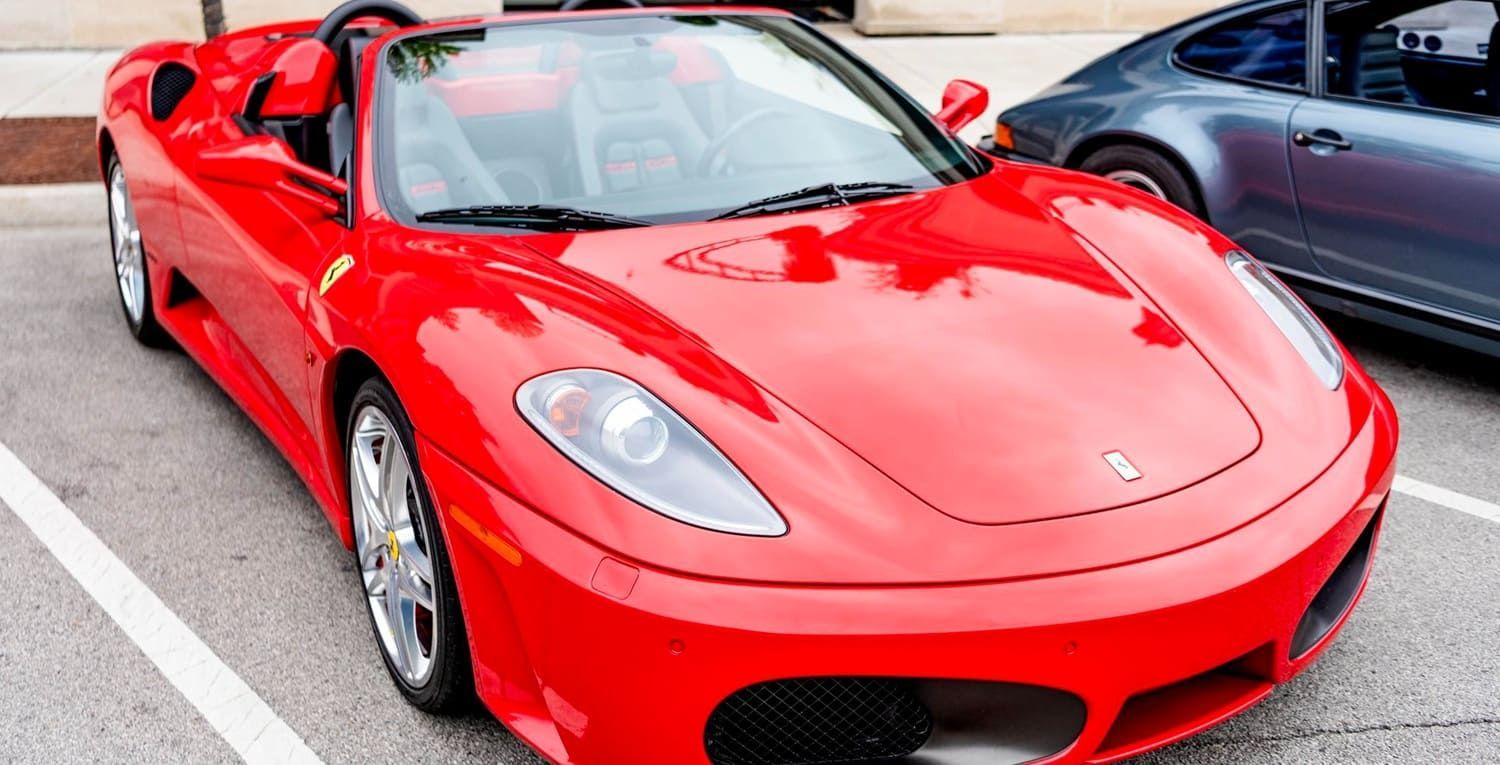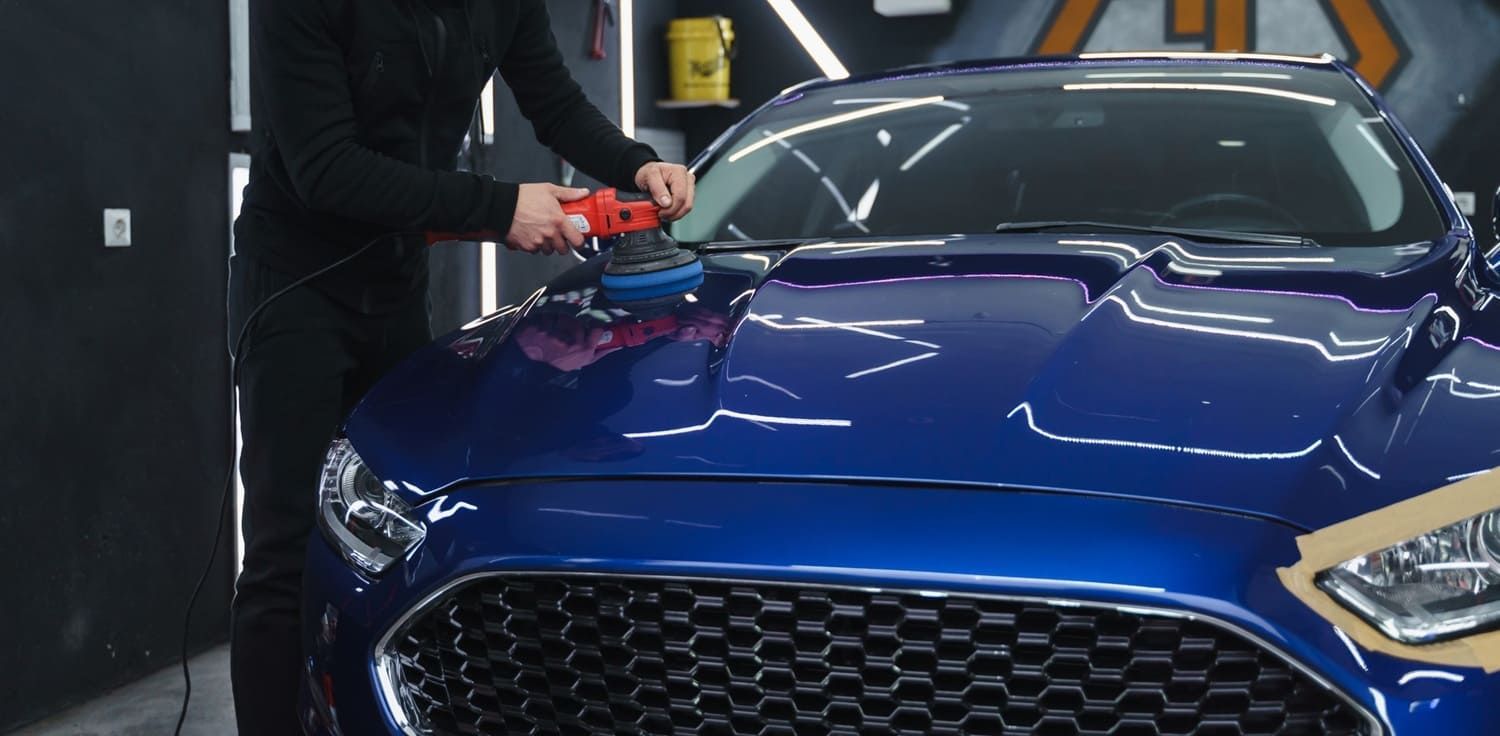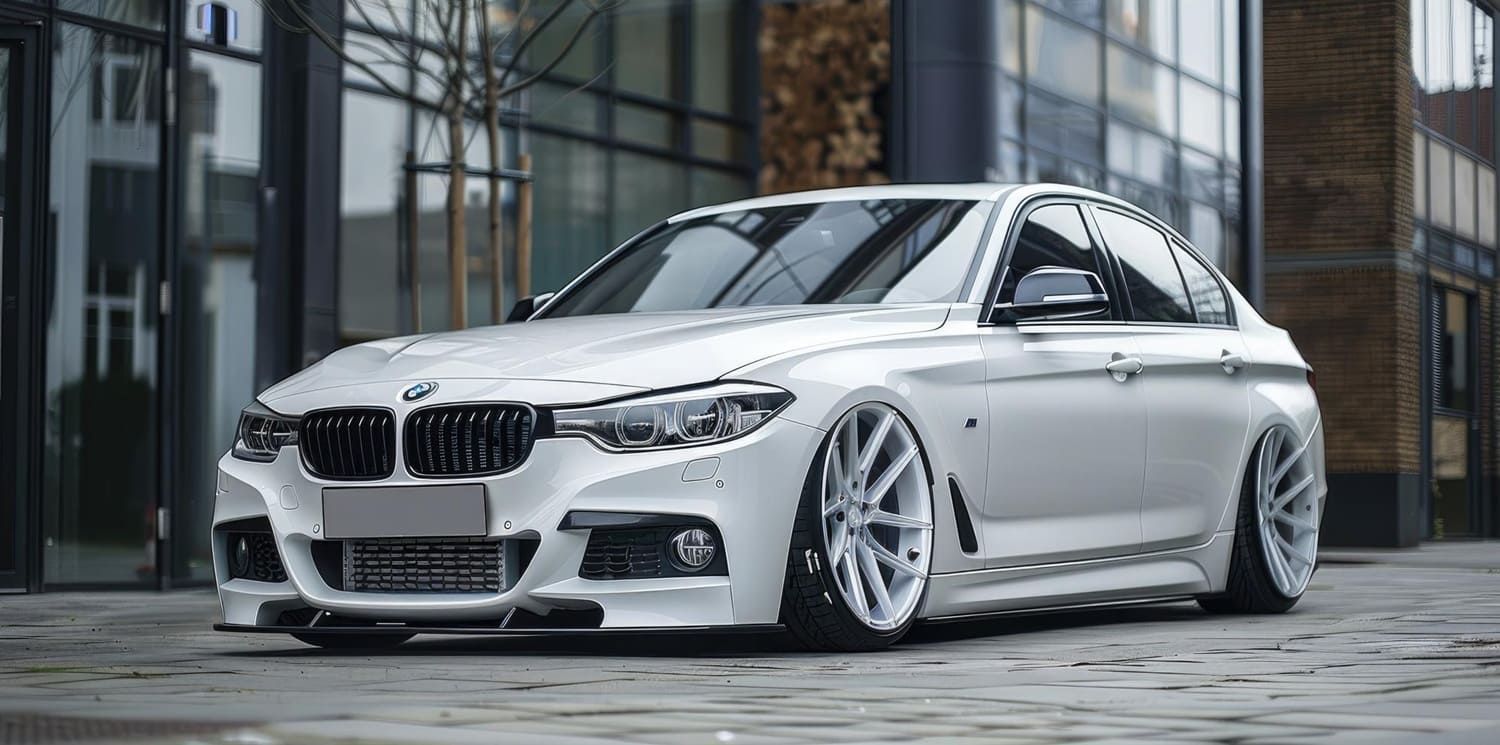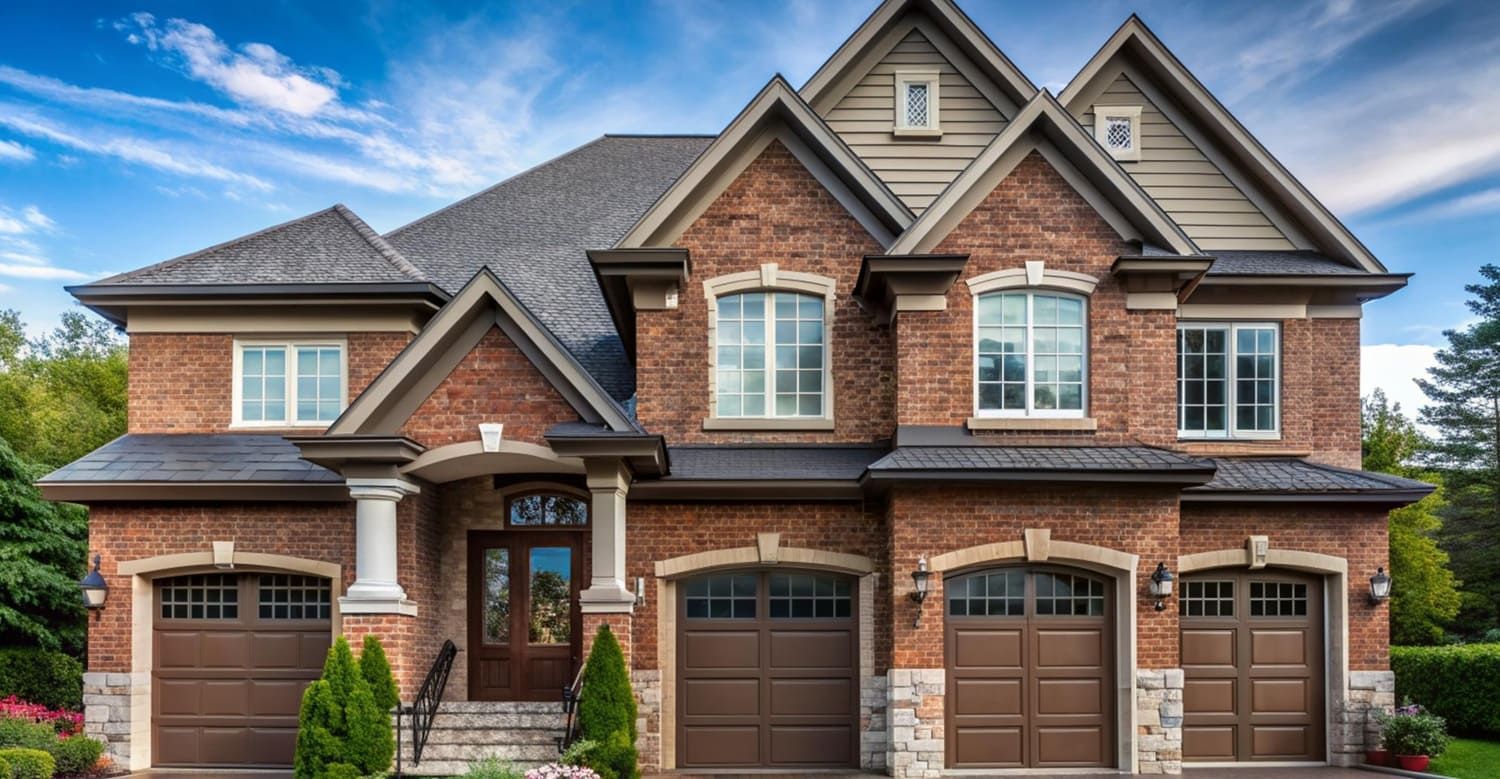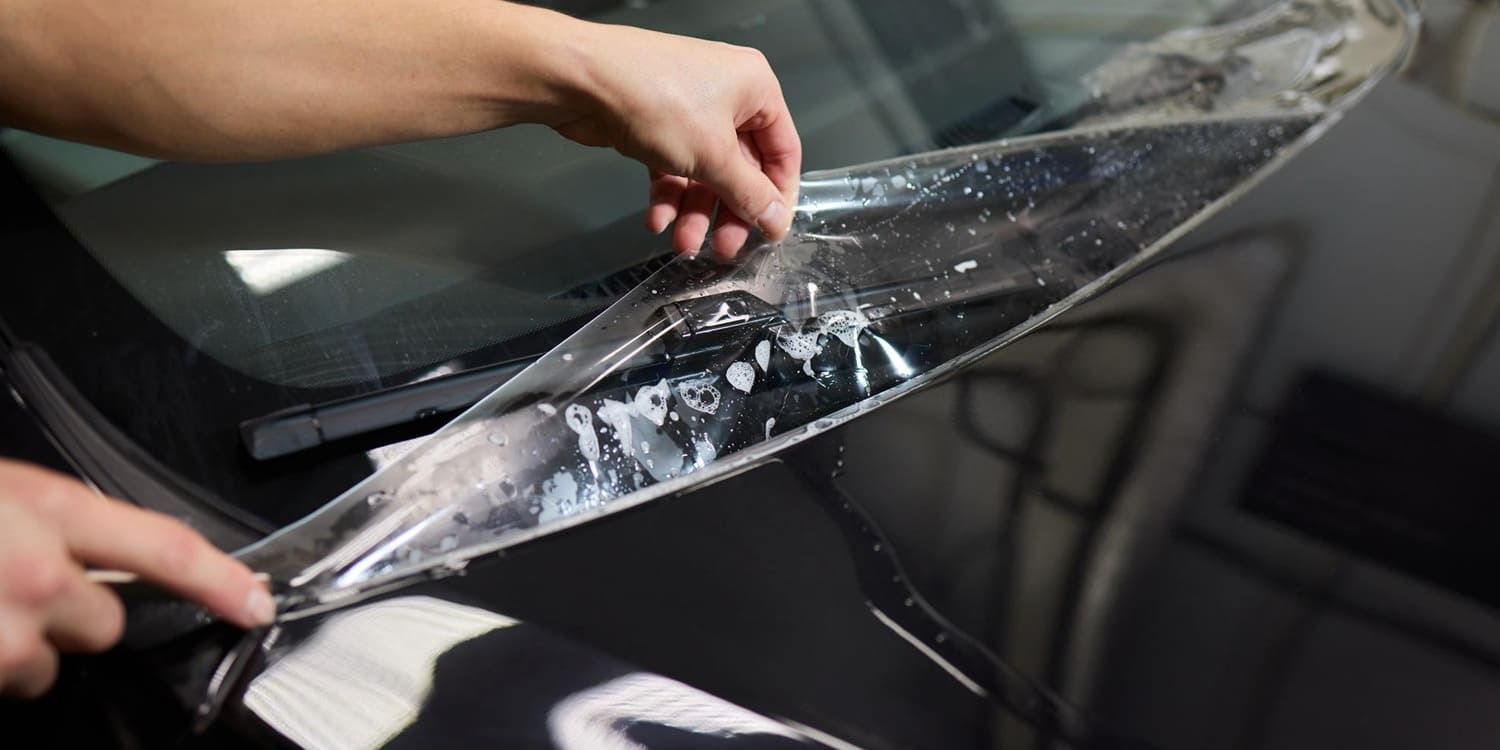Clear Bra vs. Ceramic Coating: Which Protects Best in Georgia?
Georgia’s climate poses unique challenges for
vehicle owners. Hot, humid summers bring intense UV exposure, while spring means a constant battle with pollen. Year-round, Atlanta’s busy urban streets and the state’s rural highways subject vehicles to stone chips, road debris, and unpredictable weather. Protecting your car’s paint isn’t just about aesthetics—it's about maintaining your vehicle’s value and ensuring long-term durability in demanding conditions.

What Is Paint Protection Film (Clear Bra)?
Paint Protection Film (PPF), commonly called
clear bra, is a transparent, urethane-based film professionally installed on exposed portions of your car. It acts as a physical barrier between your paint and environmental hazards, offering unmatched protection from rock chips, scratches, minor abrasions, and even road salt. Modern PPFs—like those from
LLumar, XPEL, and 3M—also feature self-healing technology, so minor swirl marks virtually vanish with exposure to heat or sunlight.
What Is Ceramic Coating for Cars?
Ceramic coating is a liquid polymer that chemically bonds with a vehicle’s factory paint. Unlike PPF, it doesn’t add a physical barrier but instead creates a slick, highly hydrophobic layer that resists stains, contaminant buildup, UV fading, chemical etching, and oxidation. The result? Easier cleaning, deep gloss, and water-beading. Premium ceramic coatings can last multiple years, but they won’t shield against rocks or physical scratches.
Clear Bra vs. Ceramic Coating: Side-by-Side Comparison
| Feature | Clear Bra (PPF) | Ceramic Coating |
|---|---|---|
| Protection Level | Impact resistance (rocks, chips, debris), chemical & UV | Chemical, UV, and minor etching resistance |
| Durability | 5–10 years (with proper care) | 2–5 years (premium: 7 yrs+) |
| Appearance | Virtually invisible; slightly softens paint texture up close | Deep gloss; enhances color & clarity |
| Maintenance | Hand wash, gentle cleaning; inspect for edge-lift or impacts | Easy hand washing; repels dirt & water, less scrubbing |
| Cost (GA Average, per sedan) | $1,200–$2,500 (partial), $5,000+ (full vehicle) | $900–$2,000 (full vehicle, pro applied) |
| Warranty | 5–10+ years (brand-dependent) | 2–7 years (brand/pro installer) |
| Self-Healing | Yes, for most modern PPF | No |
| Georgia-Specific Benefit | Shields paint from pollen, gravel, and spring/summer bugs | Makes cleaning heavy pollen, love bugs, and sap easier |
Protection Level: How Does Each Work?
Impact & Abrasion Defense (Clear Bra/PPF)
PPF is king for physical protection. Georgia drivers face flying gravel, road construction debris, and salt trucks in
winter. PPF absorbs these impacts, preventing costly chips and dings, especially on the front bumper, hood, fenders, and side mirrors. Ceramic coatings offer zero physical protection here.
Chemical & UV Defense (Ceramic Coating)
Ceramic coatings are tougher than factory clear coat against chemical stains, oxidation, acidic pollen, bird droppings, tree sap, and relentless Southern sun. The hydrophobic layer means water, pollen, and road grime bead up and wash away, making cars easier to keep clean during Georgia’s pollen-heavy months.
Maintenance & Ease of Ownership
Maintenance with both products is straightforward but distinct. PPF requires careful hand washing and periodic inspections for peeling or impact damage. Ceramic-coated vehicles need less scrubbing—dirt and contaminants rarely stick. Both benefit from annual installer inspections.
Cost and Longevity: PPF vs. Ceramic Coating in Georgia
PPF installation in Georgia can range from $1,200 for partial front coverage up to $5,000 or more for a full-vehicle wrap, with premium films offering up to 10-year warranties. Ceramic coatings,
professionally installed, range from $900–$2,000 for the entire car, with 2–7 year warranties. DIY ceramic kits are
cheaper, but offer less durability and protection.
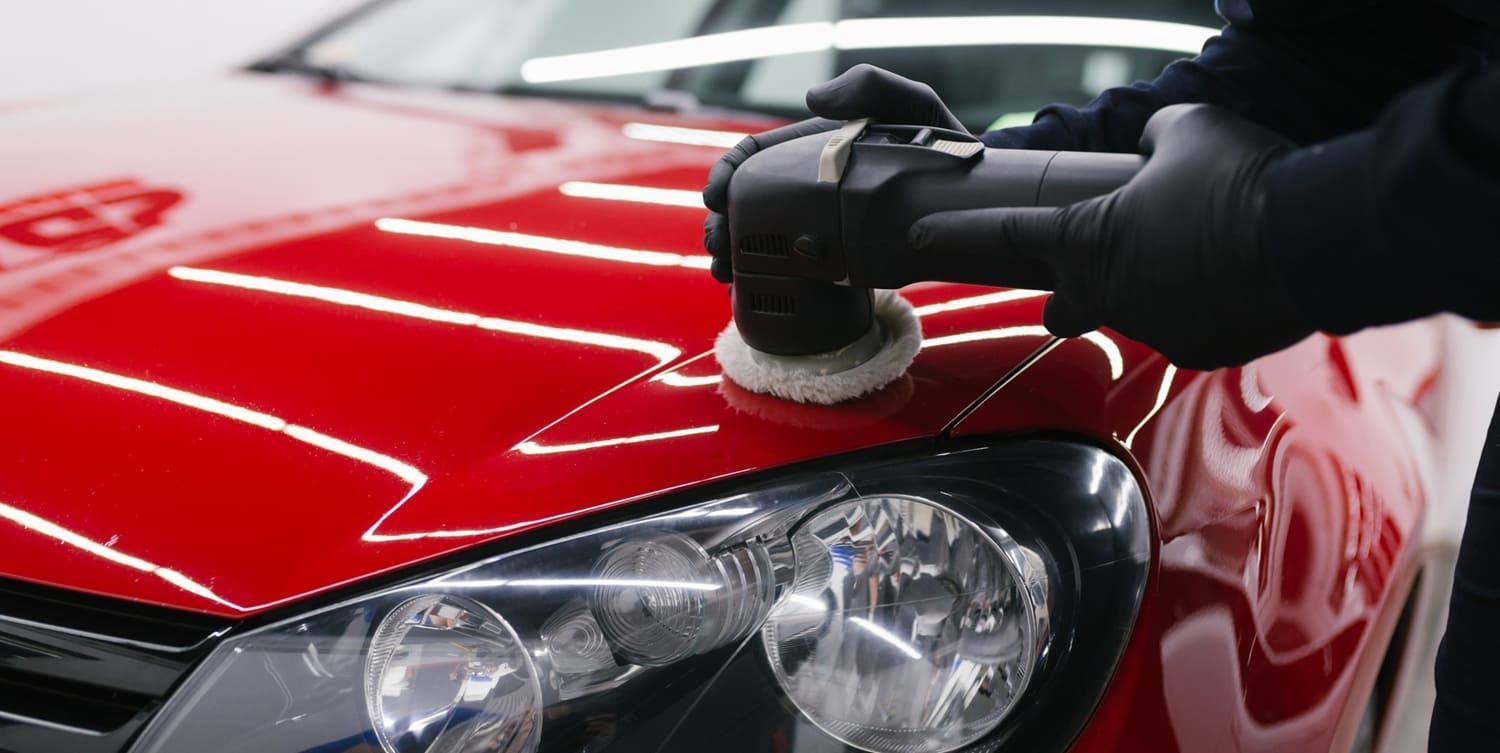
Appearance & Gloss: Visual Impact
PPF is almost invisible, often slightly softening the “glassiness” of your paint up close, but most people won’t notice. Satin/matte and high-gloss options exist.
Ceramic coatings are unmatched for bringing out depth, gloss, and color vibrancy—great for those who want a show-car finish.
Georgia’s Driving Conditions: What Lasts and Performs Best?
Atlanta’s stop-and-go traffic exposes front bumpers to rocks, sand, and rubber debris. Rural highways bring grit, tar, and strike bugs. Heavy pollen and acidic rain challenge both products. PPF is superior for rural and highway drivers, offering a sacrificial layer against chips and abrasion. Ceramic is unbeatable for urban drivers focused on gloss, easy cleaning, and resisting stains from pollen, sap, and bugs. For show cars, weekend vehicles, or new cars you want looking flawless, many Georgia drivers combine the two—PPF for high-impact zones, ceramic on top for full-surface ease-of-cleaning and visual pop.
Should Georgia Drivers Combine PPF and Ceramic Coating?
Absolutely. The combination provides the best of both worlds: unmatched physical barrier plus enhanced gloss and water/stain resistance. Most certified installers can apply ceramic on top of PPF, so the entire car enjoys chemical protection, while the most vulnerable areas are shielded from impact.
FAQs: Clear Bra vs. Ceramic Coating for Georgia Drivers
Which lasts longer in Georgia’s climate—PPF or ceramic coating?
PPF usually lasts longer (up to 10 years); ceramic coatings may last 2–5 years, longer for premium brands and careful maintenance.
Can both products be applied together?
Yes, and it’s highly recommended for full-spectrum protection.
Is PPF more expensive than ceramic coating?
Yes—though it delivers physical protection ceramic cannot, pricing for full-body PPF is higher. Compare your driving needs and risk factors in Georgia.
Does ceramic coating stop rock chips or scratches?
No. It protects primarily against stains, sun, and minor etching, but not impact or abrasion.
Does PPF change the car’s appearance?
Quality PPF is virtually invisible; certain films add subtle satin or matte finishes for style changes.
What about warranty coverage?
PPF: 5–10+ yrs, often transferable. Ceramic: 2–7 yrs, depending on the brand and installer certification. Read the fine print!
Which product is easier to maintain?
Ceramic coatings are easier—wash the car, and most dirt and pollen rinse off. PPF requires gentle hand washing and some attention to edges.
How does Georgia’s pollen season affect performance?
Ceramic coatings make it easy to remove pollen and sap; PPF prevents the etching and staining pollen can cause, especially if left unwashed.
Can I DIY either protection?
DIY ceramic kits exist but offer shorter life and less protection than professional application. PPF should always be professionally installed for best results and warranty eligibility.
Should I get ceramic on top of PPF?
If you want the easiest cleaning and best long-term appearance, yes—installers can safely combine both products for maximum benefit in Georgia’s climate.
Conclusion: Which Is Best for Georgia Drivers?
Both clear bra (paint protection film) and ceramic coating offer significant advantages—and the right choice depends on your driving habits, budget, and how you use your vehicle. For maximum defense against Georgia’s gravel, bugs, sand, and unpredictable weather, PPF on high-impact areas or the full car reigns supreme. For low-maintenance shine, protection against UV, rain, and pollen, and an “always clean” look, professional ceramic coatings provide stunning results. Many Georgia car enthusiasts and daily drivers choose both technologies—PPF first, then ceramic—to get the best of both worlds.
For expert guidance and flawless results, contact Solarworks Glass Tinting, Georgia’s trusted paint protection specialists. Located in Roswell, GA, we provide premium clear bra and ceramic coating services using industry-leading materials. Call us today for a free estimate and personalized protection plan for your vehicle.

